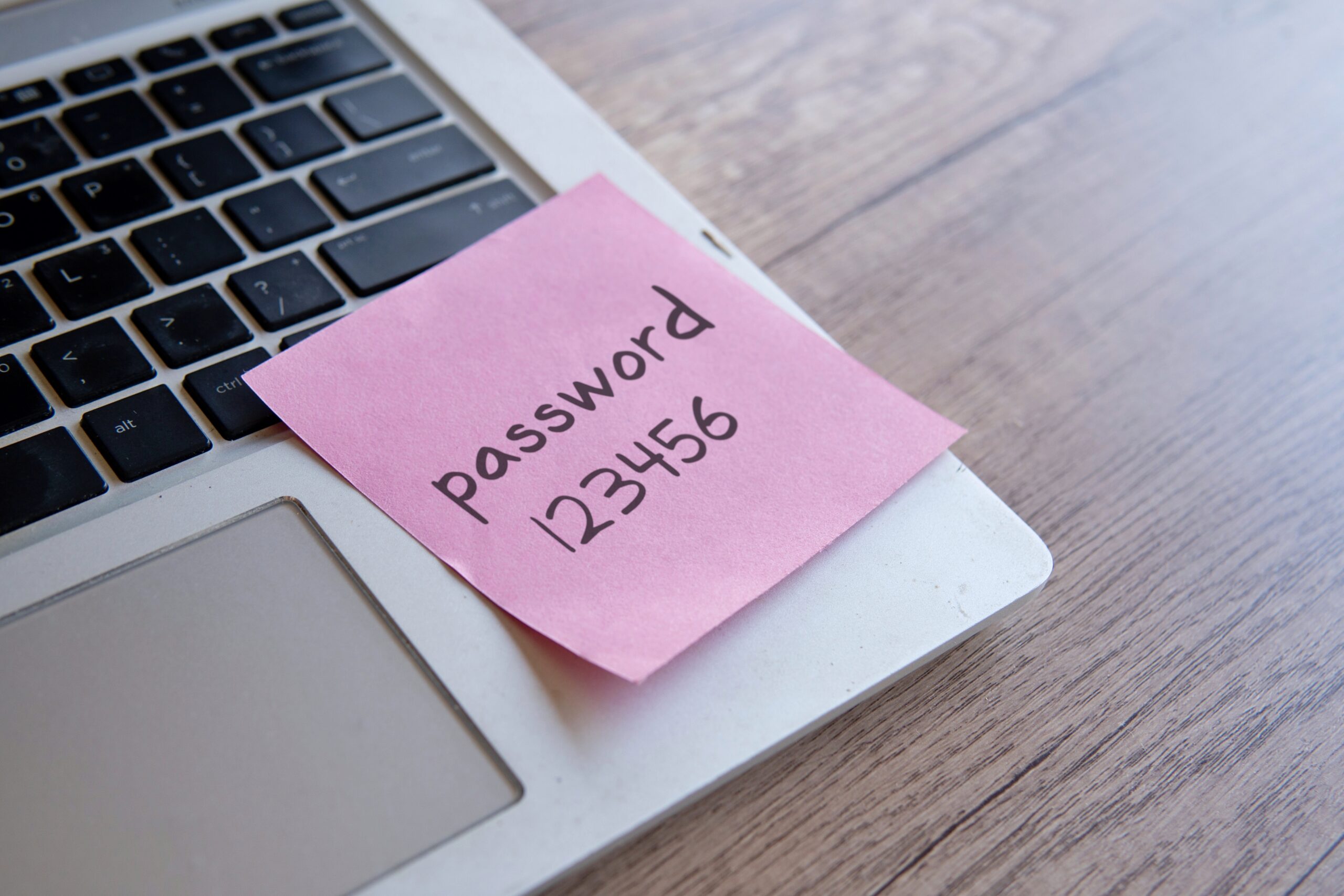The popular social media platform TikTok has once again found itself in the spotlight as the United States government takes significant measures to address concerns over national security and user data privacy. The controversy has sparked debates about foreign influence, the balance between user freedom and security, and the implications of banning a platform used by millions. Below, we explore the key elements of the story, including why the U.S. is cautious about foreign entities managing American user data, the effects of the TikTok ban implemented over the weekend, and the challenges posed during the temporary 90-day reprieve.
U.S. Concerns About Foreign Data Access
For years, TikTok’s parent company, ByteDance, has been under scrutiny due to its ties to China. The U.S. government has voiced apprehensions about the potential misuse of personal data collected from American users. At the core of these concerns lies the Chinese government’s authority to compel companies operating within its jurisdiction to share data under its National Intelligence Law.
TikTok collects vast amounts of data, including user preferences, location details, and device information. This type of data, if misused, could be exploited to influence public sentiment, conduct surveillance, or even target individuals. While TikTok has repeatedly denied sharing user information with the Chinese government, the fear persists that this data could be accessed without users’ consent or knowledge.
In response to these risks, the U.S. government has pursued stringent measures. A law requiring ByteDance to divest TikTok’s U.S. operations has been at the center of the debate. By insisting on local ownership, policymakers aim to ensure stricter control over how data is stored and accessed. The goal is clear: protect Americans from potential threats posed by foreign actors exploiting sensitive information.
The Ban Takes Effect
On January 18, 2025, the long-discussed TikTok ban came into force. The app was removed from both Apple’s App Store and Google Play, making it inaccessible to new users and halting updates for existing users. This marked a significant escalation in the ongoing tug-of-war between ByteDance and U.S. regulators.
The ban was implemented after the Supreme Court upheld legislation requiring TikTok to either transfer ownership to a U.S.-based company or cease operations within the country. For many Americans, this was a pivotal moment. TikTok’s widespread popularity, particularly among younger demographics, made its removal a dramatic shift in the digital landscape.
For content creators, businesses, and influencers who relied heavily on the platform, the sudden ban disrupted operations and left many scrambling for alternatives. As one of the most downloaded and utilized apps in the U.S., its absence underscored how deeply intertwined social media has become with modern communication and commerce.
A Temporary Reprieve
Despite the ban taking effect, a surprising development occurred just days later. On January 20, 2025, President Trump issued an executive order granting a 75-day extension for TikTok to continue operating in the U.S. The order provided ByteDance additional time to negotiate a sale of its U.S. operations, effectively allowing the app to return to functionality for a 90-day period.
However, this reprieve is not without its challenges. While TikTok is temporarily back online, the app remains unavailable for download on major app stores. As a result, new users are unable to access it, and existing users cannot receive updates or security patches.
This lack of updates raises significant concerns about cybersecurity. Applications frequently release updates to address vulnerabilities, introduce new features, and improve user safety. Without these updates, TikTok may become an easy target for hackers and other malicious actors. As cyber threats continue to evolve, the inability to patch potential weaknesses leaves users at a greater risk of data breaches and other forms of exploitation.
Conclusion
The TikTok saga highlights the complex intersection of technology, national security, and user rights. On one hand, the U.S. government’s efforts to mitigate risks associated with foreign access to data reflect a commitment to safeguarding its citizens. On the other hand, the situation raises broader questions about how governments and companies can balance privacy, freedom of expression, and global collaboration.
For now, TikTok’s future in the U.S. remains uncertain. The 90-day reprieve offers a temporary solution, but long-term answers will require clear agreements on ownership, data governance, and security protocols. For users and policymakers alike, the story serves as a reminder of the critical importance of digital safety in an increasingly interconnected world.







